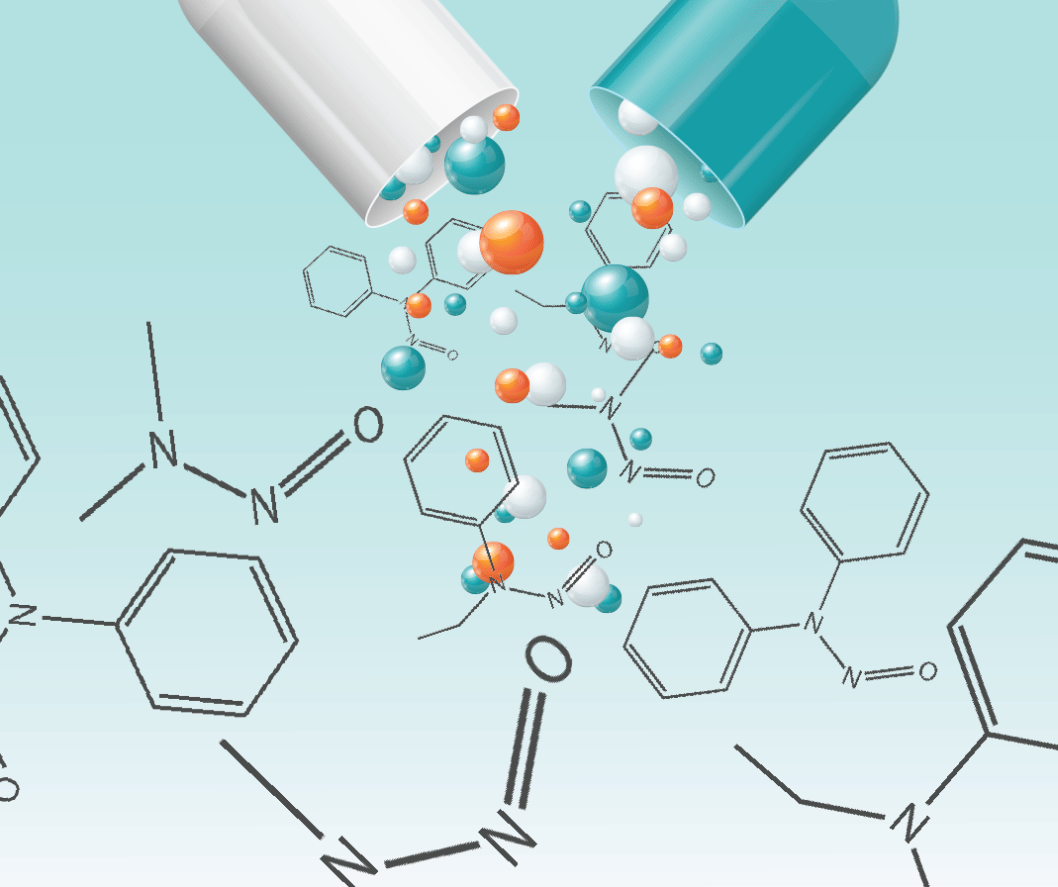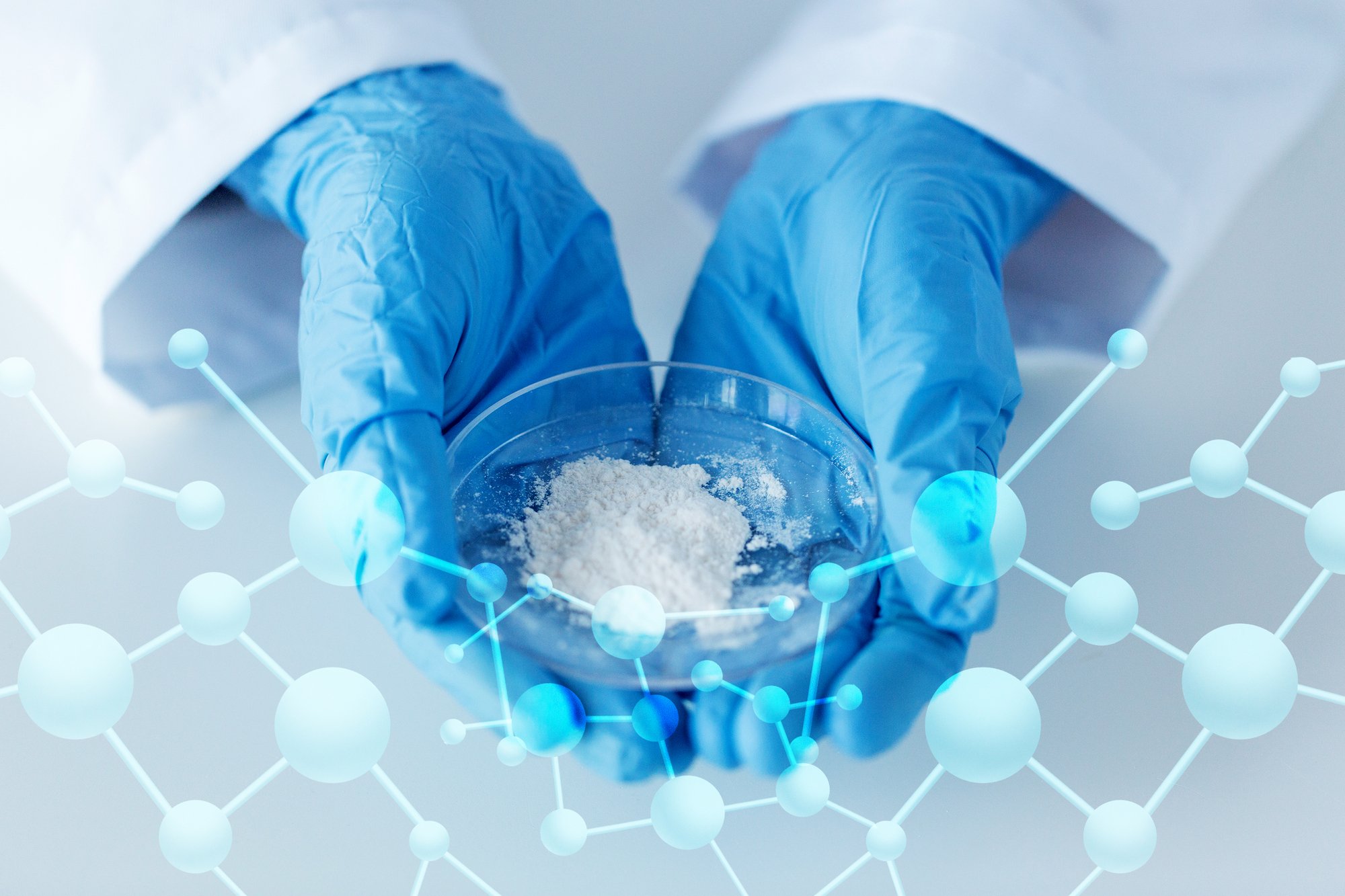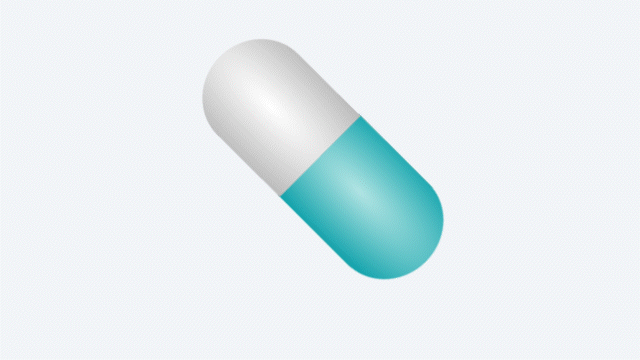Nitrosamines: Understanding Their Causes, Health Risks, and How to Prevent Them
Nitrosamines continue to draw attention across multiple industries—especially pharmaceuticals, food production, and chemicals—due to their potential...

Nitrosamines have become a pressing concern across industries, particularly pharmaceuticals, food, and environmental safety. These compounds, though small in structure, carry significant implications for human health. At Ellutia, we’re not just observing these developments—we’re actively helping our partners detect and mitigate them with confidence.
Let’s take a closer look at what nitrosamines are, how they form, why they matter, and most importantly—how they can be reliably detected and controlled.
Nitrosamines are organic compounds that form when nitrites react with amines, typically under acidic or high-temperature conditions. This reaction can occur during processing, storage, or even digestion.
You’ll find nitrosamines in more places than you might expect: cured meats, beer, rubber, cosmetics, and notably—pharmaceutical products. Their presence is usually unintentional, but their potential impact makes detection critical.

The chemistry is straightforward but the context is complex. When nitrites (commonly used as preservatives) encounter secondary or tertiary amines, especially in heat or low-pH environments, nitrosamines can form.
This is a particular challenge in:
Pharmaceutical manufacturing, where amines and nitrosating agents can coexist in formulations.
Brewing, where malt and nitrate-rich water may create ideal conditions.
Processed foods, where preservatives and protein degradation intersect.
Understanding the pathways of formation is the first step toward mitigation—and that starts with reliable analysis.

Nitrosamines are not just chemical curiosities—they’re health hazards. Several, including NDMA and NDEA, are classified as probable human carcinogens. Studies have linked exposure to increased risks of stomach, bladder, and oesophageal cancers. Some have also shown potential reproductive and liver toxicity.
Given their potency, regulatory bodies worldwide have established extremely low acceptable daily intake limits—often in the nanogram range. This makes both the detection and quantification of nitrosamines technically demanding.

Global regulators have taken a firm stance:
The European Medicines Agency (EMA) and FDA have issued stringent guidelines on acceptable nitrosamine levels.
The ICH M7 (R1) guideline now includes nitrosamines as critical mutagenic impurities.
EU regulation (EC) No 726/2004 outlines specific limits and mandates rigorous risk assessment.
For manufacturers, this means compliance is not optional—it’s operationally essential. Testing must be precise, repeatable, and sensitive enough to meet these limits.

At Ellutia, we’ve developed a dedicated nitrosamine detection solution to meet these challenges head-on: the 800 Series Thermal Energy Analyser (TEA).
Why it matters: TEA technology offers unrivalled selectivity for nitrogen-containing compounds like nitrosamines.
Real-world results: Our GC-TEA platform allows trace-level detection down to parts-per-trillion (ppt), making it ideal for pharmaceutical QC labs and regulatory submissions.
User-focused design: It integrates seamlessly with your existing GC system, supporting robust method development and validation.
With our technology, laboratories can detect nitrosamines confidently, meet compliance requirements, and stay ahead of evolving safety expectations.

For consumers, awareness is the first line of defence. Simple lifestyle choices—quitting smoking, reducing consumption of processed meats, and choosing high-quality personal care products—can help lower daily exposure.
But at the industry level, proactive testing is non-negotiable. And that’s where Ellutia comes in: providing the tools to protect products, reputations, and public health.

Nitrosamines are complex compounds with potential health risks. It is essential to understand their formation and sources for the sake of our well-being. By raising awareness and taking necessary precautions, we can make healthier decisions in our daily lives. Due to the low exposure limits testing for these compounds can be challenging. Ellutia has developed a nitrosamine specific detector to help companies reach their testing goals.

Nitrosamines continue to draw attention across multiple industries—especially pharmaceuticals, food production, and chemicals—due to their potential...

Knowing the difference between nitrites and nitrates is key to addressing the challenges they present in pharmaceuticals, environmental monitoring,...

The issue of NDMA contamination in pharmaceuticals like metformin has become an industry-wide focus due to its implications for patient safety and...